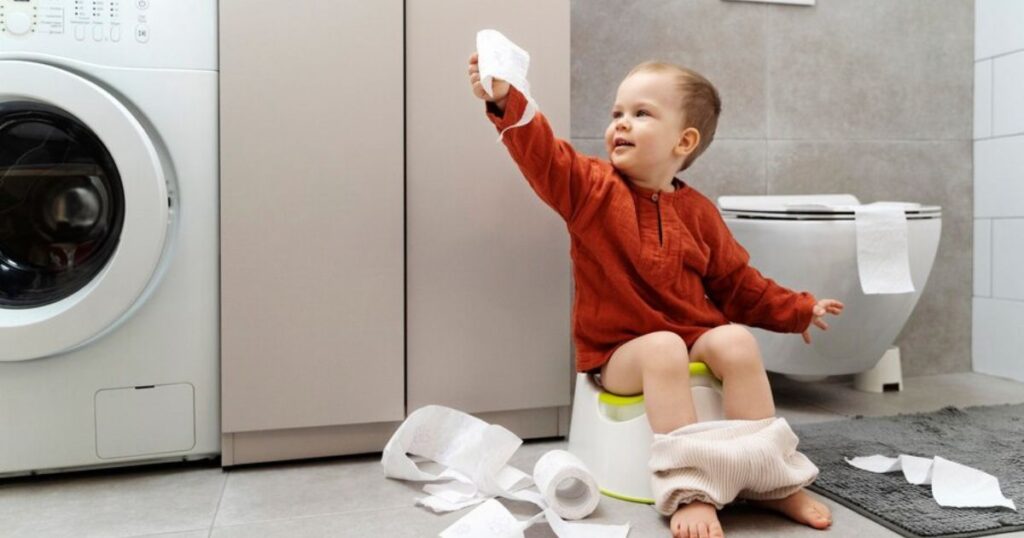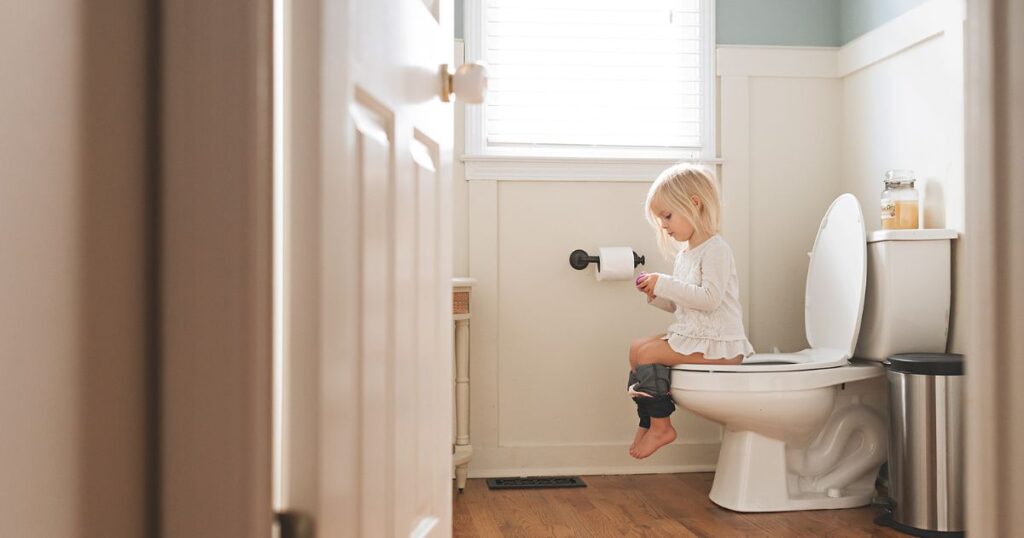Navigating the intricacies of parenting often leads to questions about developmental milestones. One common concern is whether ADHD impacts potty training. Understanding this intersection can empower parents with insights into effective strategies tailored to their child’s unique needs.
Potty training is a pivotal milestone, but when ADHD enters the equation, it adds a layer of complexity. The challenges may vary, from attention span issues to impulsivity. Discovering nuanced approaches can transform this journey into a manageable and successful experience for both parent and child.
ADHD can influence potty training by affecting a child’s ability to focus, follow instructions, and regulate impulses. Tailoring strategies to accommodate these challenges, such as using consistent routines and positive reinforcement, can contribute to a smoother potty training experience for children with ADHD.
Understanding the ADHD-Potty Training Dynamic

Potty training can be a unique challenge for parents of children with ADHD. The dynamic between attention deficit hyperactivity disorder (ADHD) and the potty training process requires a tailored approach. One may wonder, “Does ADHD affect potty training?” This question is particularly relevant as parents navigate the intricacies of teaching their child this essential skill. Dealing with Potty Training Setbacks at Five Years Old adds an additional layer of complexity to the process.
Children with ADHD often struggle with focus and impulse control, which can make it challenging for them to understand and follow the steps of potty training. Patience and consistency are crucial in this dynamic. Creating a structured routine, offering positive reinforcement, and using visual aids can be effective strategies.
Impact of ADHD on Attention and Potty Training
ADHD can affect a child’s ability to pay attention, making potty training a unique challenge. Children with ADHD may find it difficult to focus on the steps involved in using the potty consistently.
Parents may need to adapt their approach by breaking down the potty training process into simple, manageable steps. Providing clear instructions, using visual cues, and offering positive reinforcement for each successful step can help address the impact of ADHD on attention during potty training. Understanding the specific needs of a child with ADHD and being patient and supportive throughout the process are crucial for successful potty training.
Navigating Impulsivity in Potty Training with ADHD

Potty training a child with ADHD requires navigating through their impulsivity. Children with ADHD often act on their impulses without thinking, making it challenging for them to follow the structured steps of potty training. Parents may find themselves contemplating, “Does a child have to be potty trained for preschool?”
This consideration adds an extra layer of complexity for families of children with ADHD as they work towards preparing their child for the preschool environment.
To address impulsivity, parents can create a consistent routine and use visual reminders to guide the child through the potty training process. Positive reinforcement for each successful step can also help reinforce good behavior and curb impulsive actions. Patience and understanding play vital roles in navigating the challenges of impulsivity during potty training, as it may take time for the child to develop the self-control needed for this milestone.
Strategies for ADHD-Informed Potty Training
Potty training a child with ADHD requires special strategies to address their unique needs. First, it’s helpful to create a consistent routine, as children with ADHD benefit from structure. Establishing regular bathroom breaks and using timers can remind them to take breaks for potty training.
Second, positive reinforcement is key. Praising small achievements and offering rewards can motivate a child with ADHD during the potty training process. Using visual aids, such as charts or stickers, to track progress can also make the experience more engaging for them.
By combining these strategies, parents can create an ADHD-informed approach to potty training that supports the child’s learning style and helps them succeed in this important developmental milestone.
Tailoring Routines to ADHD for Successful Potty Training
Successful potty training for children with ADHD often involves tailoring routines to accommodate their unique needs. Children with attention deficit hyperactivity disorder may struggle with consistency, so creating a structured and predictable potty routine is essential.
Parents can make potty training more effective by incorporating visual schedules and reminders. Simple, step-by-step instructions and consistent praise for each accomplishment can help keep the child focused.
Flexibility and understanding that progress may take time are key when tailoring routines to the specific challenges that ADHD presents during potty training.Adjusting strategies to match the child’s needs and celebrating small victories can make the potty training journey more successful and less stressful for both the child and the parents.
Addressing Focus Challenges in Potty Training with ADHD

Potty training with ADHD can be tricky due to focus challenges. Children with ADHD may struggle to pay attention to the steps involved in using the potty consistently.
To address focus challenges, parents can create a structured routine for potty time. Breaking down the process into simple, clear steps and using visual aids can help keep the child’s attention.
Offering positive reinforcement for each successful attempt can motivate the child and make the potty training experience more effective. Being patient and understanding the unique needs of a child with ADHD is essential for overcoming focus challenges during potty training.
Positive Reinforcement Techniques for ADHD and Potty Training Success
Positive reinforcement is a powerful tool for achieving potty training success with children who have ADHD. Instead of focusing on mistakes, it’s important to praise and reward positive behaviors. Simple rewards, like stickers or small treats, can motivate a child with ADHD to follow the potty training routine.
Consistency is key when using positive reinforcement techniques. Celebrating each successful step, whether it’s sitting on the potty or using it independently, helps reinforce good habits. By creating a positive and supportive environment, parents can empower their child with ADHD to feel confident and successful in the potty training process.
FAQs
Does ADHD affect potty training?
Yes, ADHD can impact potty training because children with ADHD may struggle with attention and impulse control, making it challenging to follow the steps consistently.
How does ADHD influence potty training?
ADHD can affect a child’s ability to focus on the potty training process, requiring a more tailored and patient approach to address their specific needs.
Are there specific strategies for potty training a child with ADHD?
Yes, strategies like creating a structured routine, using visual aids, and offering positive reinforcement can be effective in potty training children with ADHD.
Is patience important when potty training a child with ADHD?
Absolutely, patience is crucial. ADHD can make the process longer, so providing consistent support and positive reinforcement is essential for success.
Can positive reinforcement help in potty training a child with ADHD?
Yes, positive reinforcement, such as praise and rewards for successful steps in the potty training process, can motivate and empower a child with ADHD to develop good habits.
Conclusion
ADHD can indeed impact the potty training journey for children. Patience, tailored strategies, and positive reinforcement play pivotal roles in overcoming these challenges, allowing parents to navigate the process successfully and support their child’s developmental needs with understanding and empathy.










